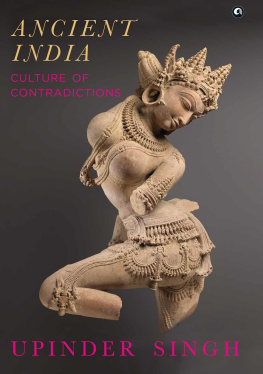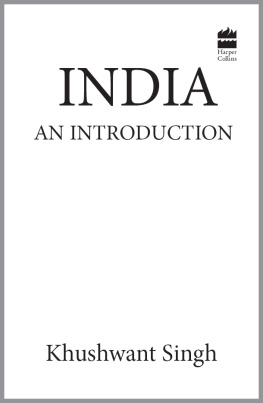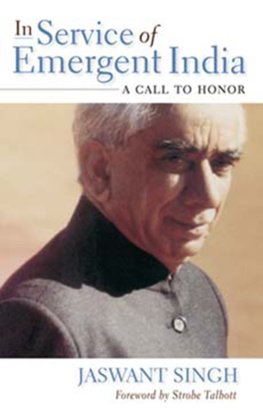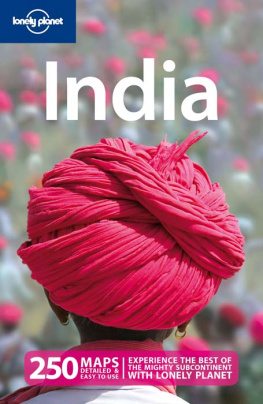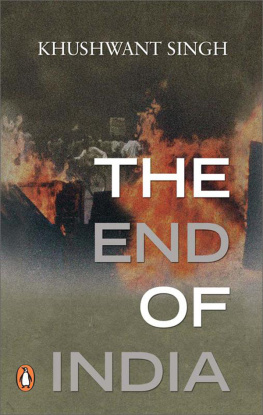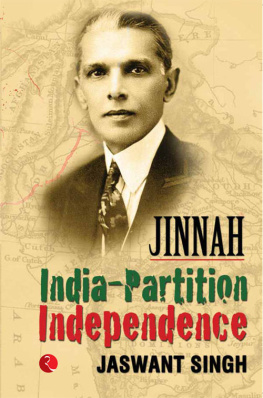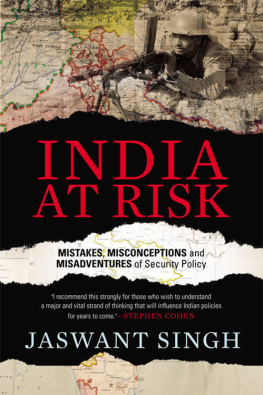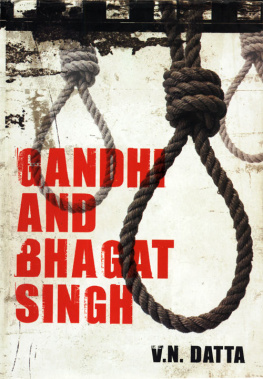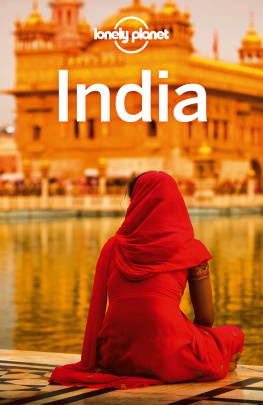Upinder Singh - Political Violence in Ancient India
Here you can read online Upinder Singh - Political Violence in Ancient India full text of the book (entire story) in english for free. Download pdf and epub, get meaning, cover and reviews about this ebook. year: 2017, publisher: Harvard University Press, genre: Politics. Description of the work, (preface) as well as reviews are available. Best literature library LitArk.com created for fans of good reading and offers a wide selection of genres:
Romance novel
Science fiction
Adventure
Detective
Science
History
Home and family
Prose
Art
Politics
Computer
Non-fiction
Religion
Business
Children
Humor
Choose a favorite category and find really read worthwhile books. Enjoy immersion in the world of imagination, feel the emotions of the characters or learn something new for yourself, make an fascinating discovery.

- Book:Political Violence in Ancient India
- Author:
- Publisher:Harvard University Press
- Genre:
- Year:2017
- Rating:5 / 5
- Favourites:Add to favourites
- Your mark:
- 100
- 1
- 2
- 3
- 4
- 5
Political Violence in Ancient India: summary, description and annotation
We offer to read an annotation, description, summary or preface (depends on what the author of the book "Political Violence in Ancient India" wrote himself). If you haven't found the necessary information about the book — write in the comments, we will try to find it.
Political Violence in Ancient India — read online for free the complete book (whole text) full work
Below is the text of the book, divided by pages. System saving the place of the last page read, allows you to conveniently read the book "Political Violence in Ancient India" online for free, without having to search again every time where you left off. Put a bookmark, and you can go to the page where you finished reading at any time.
Font size:
Interval:
Bookmark:
POLITICAL VIOLENCE IN ANCIENT INDIA
Upinder Singh


Cambridge, Massachusetts
London, England
2017
Copyright 2017 by the President and Fellows of Harvard College
All rights reserved
Cover art: The war of the relics; Sanchi Stupa 1, Southern Gateway. Photograph by Parul Pandya Dhar.
Cover design: Jill Breitbarth
978-0-674-97527-9 (alk. paper)
978-0-674-98128-7 (EPUB)
978-0-674-98129-4 (MOBI)
978-0-674-98127-0 (PDF)
The Library of Congress has cataloged the printed edition as follows:
Names: Singh, Upinder, author.
Title: Political violence in ancient India / Upinder Singh.
Description: Cambridge, Massachusetts : Harvard University Press, 2017. | Includes bibliographical references and index.
Identifiers: LCCN 2017008399
Subjects: LCSH: Political violenceIndiaHistory. | ViolenceMoral and ethical aspectsIndia. | IndiaHistoryTo 324 B.C. | IndiaHistory324 B.C.1000 A.D. | IndiaPolitics and governmentTo 997. | NonviolencePolitical aspectsIndiaHistory. | Violence in popular cultureIndiaHistory.
Classification: LCC DS451 .S5698 2017 | DDC 303.60934dc23
LC record available at https://lccn.loc.gov/2017008399
For my sisters Daman and Amrit
CONTENTS
M Y HISTORICAL INTERESTS have been rather varied. After my initial research on the history of ancient and early medieval Orissa on the basis of epigraphic sources, I moved on to write about different themes including Ashoka, the epigraphic and archaeological profiles of Buddhist sites, aspects of ancient Indian social and economic history, the early history of Delhi and its suburbs, and the history of Indian archaeology. I expressed many of my ideas about Indias early past in A History of Ancient and Early Medieval India: From the Stone Age to the 12th Century (2008), which was addressed to both university students and general readers. Shortly after that book was published, I was struck by a realization that during my decades of teaching, researching, and writing on various aspects of ancient Indian history, I had completely missed a fundamental element that was implied in its entire political narrativeviolence.
This is when, one day, I absentmindedly reached out for a nondescript red-bound book that had lain, unnoticed and unread, on a dusty bookshelf for yearsKamandakas Nitisara. I had even forgotten I possessed it. I turned its pages, first curious, soon riveted. I went on to publish my first paper on ideas of kingship, violence, and war, comparing Kamandakas approach with that of Kautilya. From here, I turned to Kalidasas Raghuvamsha, a work I had long loved for its beautiful poetry, but now recognized as a rich repository of political ideas. I then returned to Ashokas inscriptions, which I thought I knew well. This time they spoke to me in a very different way, and I saw in them a connected political philosophy. As I delved into the Nitisara, Raghuvamsha, and Ashokas inscriptions, I was especially interested in their ideas related to kingship, empire, war, and violence, and also in the manner in which these ideas intersected with their historical contexts.
This book represents an expansion of those initial inquiries, drawing on many more sources, situated within a continuous and comparative historical framework, in order to build larger arguments. While I had, over the years, acquired considerable experience dealing with epigraphic sources, writing this book gave me the opportunity to engage with texts such as the Mahabharata, Ramayana, Jataka, and Panchatantra. This made writing this book a wonderful voyage of discovery.
My interest in the problem of political violence and the interface between political ideas and practice was accompanied by another realizationof the need for histories of India that looked beyond India. Many of the texts discussed in this book traveled widely, and an exploration of their travels, transformation, and influence requires moving beyond the subcontinental frame, especially into Southeast Asia. Apart from drawing attention to the circulation of ideas in the ancient world, this wider frame also makes it possible to situate ancient Indian thought within a comparative context, enabling us to recognize cultural connections as well as cultural difference in the political ideas of the ancient world.
The history of ideas requires crossing not only spatial boundaries but also temporal ones. My book begins in the twentieth century and ends in the twenty-first because many of the texts discussed here have inspired varied reactions and interpretations over the centuries, and will probably do so for a long time to come. The fact that ancient ideas and symbols continue to be invoked in modern India makes a historical understanding of those ideas and symbols extremely relevant, indeed essential. Another reason for connecting the seemingly remote past with the more immediate present is the hope that a critical engagement with ancient Indian political thought can perhaps help us reflect on the problem of escalating political violence in our own time, whichever part of the world we may live in.
This book is the result of several years of thought and work. Among the many scholars whose works are cited in the endnotes and bibliography, I am especially indebted to those who have published the text and translations of the many works discussed in this book. The names of the translators have been cited wherever I have used quotations from their works. Where no citations are attached to translated passages, the translations are my own.
Several people helped in different ways during the research and writing of this book. In Delhi, Dilip Simeon, P. K. Datta, Mahesh Rangarajan, Navnita Behera, and Naina Dayal shared ideas and reading material. In Leuven, Idesbald Goddeeris offered friendship, while Mark Depauw, Willy Clarysse, Stefan Schorn, and Alexander Meeus introduced me to writings on classical Greek and Hellenistic thought. Thomas Trautmann, Patrick Olivelle, Arlo Griffiths, Victor H. Mair, and Hans T. Bakker provided valuable long-distance suggestions and readings. Jan Wisseman Christie graciously gave me access to her Register of the Inscriptions of Java. Pankaj Tandon was kind enough to provide many useful articles and images of ancient Indian coins. Rukun Advani offered sound and sensible advice at several critical junctures.
My friends Seema Alavi, Parul Pandya Dhar, and Nayanjot Lahiri have been constant companions and sources of encouragement during the highs and lows of writing this book. My younger son, Raghav, too, has been a sensitive supporter throughout the process. As with my other books, my husband, Vijay Tankha, has been friend, critic, sounding board, and editor, and I owe him special thanks.
I also owe thanks to the reviewers of this book, whose excellent suggestions helped greatly in the final revision of the text. Finally, I would like to thank Sharmila Sen, Heather Hughes, and the entire Harvard University Press team for their support, efficiency, and meticulous hard work, which have resulted in this publication.
I N ORDER TO MAKE this book accessible to a wider audience, and to strike a balance between specialist and nonspecialist readers, transliteration conventions and diacritics have not been used in all cases.
Names of people, places, and texts have been spelled phonetically, without diacritics, except where they are a part of quotations or titles of articles or books.
Font size:
Interval:
Bookmark:
Similar books «Political Violence in Ancient India»
Look at similar books to Political Violence in Ancient India. We have selected literature similar in name and meaning in the hope of providing readers with more options to find new, interesting, not yet read works.
Discussion, reviews of the book Political Violence in Ancient India and just readers' own opinions. Leave your comments, write what you think about the work, its meaning or the main characters. Specify what exactly you liked and what you didn't like, and why you think so.


